
Clear your head to focus on what’s important!!
A big part of increasing your mental energy is reducing what’s on your mind, i.e. commonly referred to as your cognitive load. This is especially important for optimizing your limited attention / conscious thought. We will talk about 4 areas where you can reduce your cognitive load.
- Externalize memory
- Reduce Decision Load
- Automate with Habits and Routine
- Offload Time Pressure and Triggers
Externalize Memory
Working memory is limited. Recent studies, using MRI, show we can remember about 4 things for 20s, unless we do something with it (Peter Doolittle: How your working memory makes sense of the world). Our long-term memory is not only unreliable, but it can be easily changed (Elizabeth Loftus: How reliable is your memory). Memory is constructed; that is, we fill in the gaps in our perception to make sense of the world. We can even implant false memories through suggestion. We actually believe these constructed memories are accurate. We already discussed how sleep can help us solidify and retain long-term memory, but what else can we do? One of the biggest things we can do is to externalize memory. Summarizing what we have learned not only helps us remember it, but these summaries also give us an external memory reference we can quickly review later. Many courses on time management encourage you to do a mind dump of everything you need to do (Udemy Timejar Effect). This allows you to capture it, prioritize it, and get rid of that nagging feeling you are forgetting something.
Taking notes on your ideas and observations is a practice used by many creative people. Having the ability to capture things at any time is huge for your creativity progress. I use my phone to capture notes because it is portable and always with me. Digitally taking notes also scales well. You don’t have a bunch of paper to search through, store, and manage. With digital notes you can search your notes quickly. I occasionally carry a mini notebook that fits in my pocket, mainly for drawing ideas. Unfortunately, I still haven’t found a good replacement for drawing on paper, though I have hopes for the new IPad. We remember things better that we visualize. Visualizing memory is actually the main trick that memorization champions use. We can only remember a few numbers, but we can visually and specially remember where 1000s of objects are in our home. Don’t underestimate the power of your visual memory.
Reduce Decision Load
As we discussed in the willpower section, decision fatigue causes later decisions to be less effective than earlier ones, regardless of how trivial. US President Obama lets others select his clothes and meals to help reduce decision fatigue. The average adult makes 35K decisions a day; no wonder we get tired. There are several ways you can reduce your decision load and make better decisions.
- Default Decisions: For trivial decisions, have default decisions. For instance, what you will wear, what you will eat for breakfast, etc.
- Big Decisions Earlier: Make your important decisions earlier in the day, when you have the least decision fatigue.
- Let Someone Else Decide: If it is not a decision you need to make, let someone else decide. At a new restaurant, ask the waitress what their best dish is and order that. If you have a decision at work that someone else can make, empower him or her to make it.
Reducing your decision load can help you make the best decisions for the things that matter.
Automate With Habits and Routine
In the article on Habit and Behavior Change, we discussed how habits work and the most effective ways to make habit change. The magic of habits is they reduce your cognitive load and willpower needs. So what are good candidates for automating with habits? Anything you want to do frequently. Many successful people use morning rituals like Tony Robbins, Barak Obama, Steve Jobs, Mark Zuckerberg, Bill Gates, and so many more. Here are examples of their routines (morning ritual mastery):
- Tony Robbins – Priming (15m – meditate, gratitude, visualize the day you want), Workout & Hot / Cold Pool (30m)
- Barak Obama – Workout (45m), healthy breakfast, avoid coffee, and avoid criticism
- Bill Gates – Treadmill (1hr) and watch the teaching company
- Benjamin Franklin (4a) – What he wanted to do that day and what good he will do that day.
- Jack Dorsey (530a)- Meditate and jog
- Arnold Schwarzenegger – Workout, breakfast, and read
A common theme is preparing for the day you want. Most are a combination of waking up your body (exercise and breakfast), priming, and planning your day. Nighttime routines are also important for preparing for the next day. Things like reflecting on your day, gratitude, and thinking about what you want to do next can help prep you for the next day.
Offload Time Pressure and Triggers
We often worry about what comes next in our day or follow-up we need to do. Planning and using tools, like notifications, timers, alarms, and your calendar, can help offload this schedule tension. Executives have assistants who help plan their day and tell them when then need to move on to the next event. They don’t worry what is next; they are focused on the present moment and interaction. Tools like Boomerang can automate follow-up reminders when working with someone or delegating work. There is something very peaceful about knowing your tools are preventing you from missing anything important.
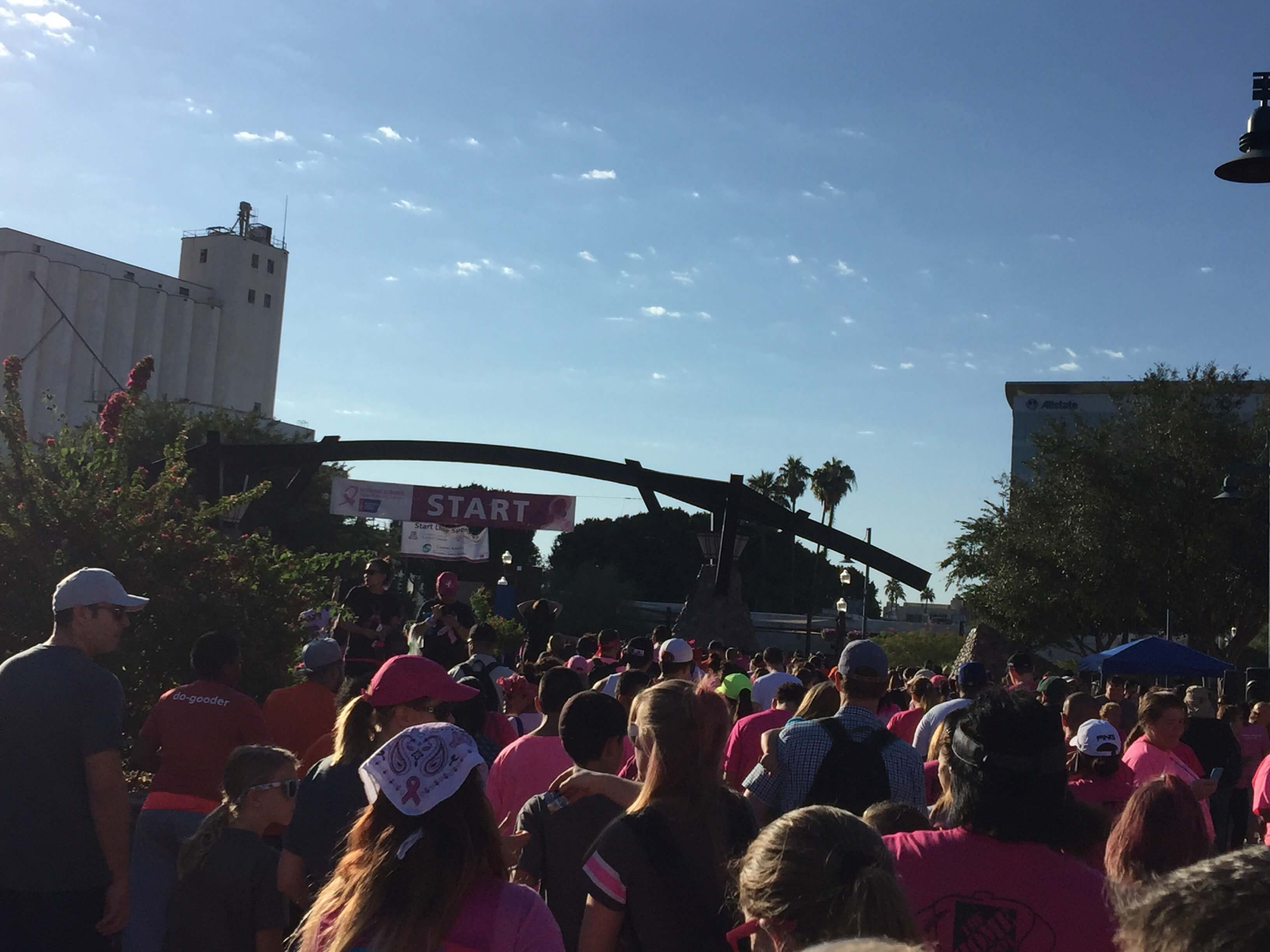
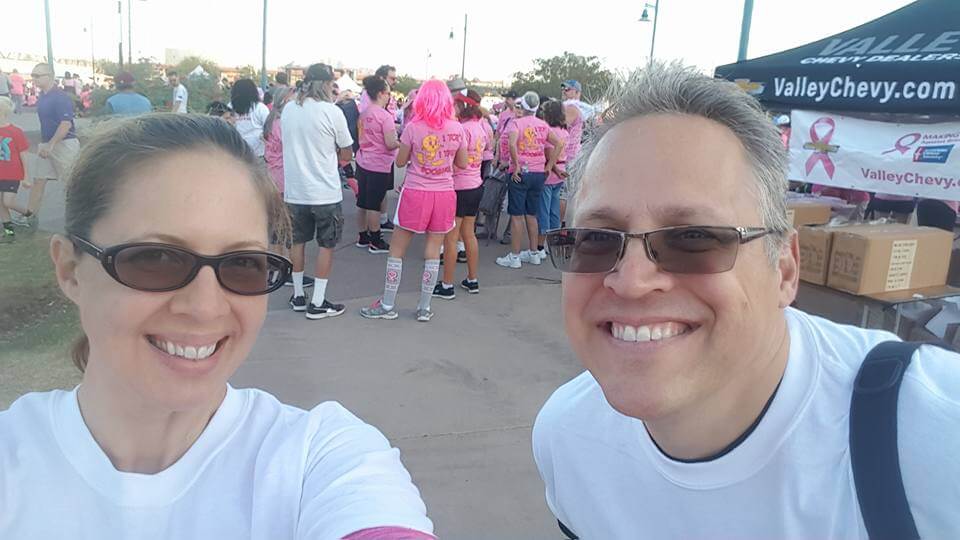

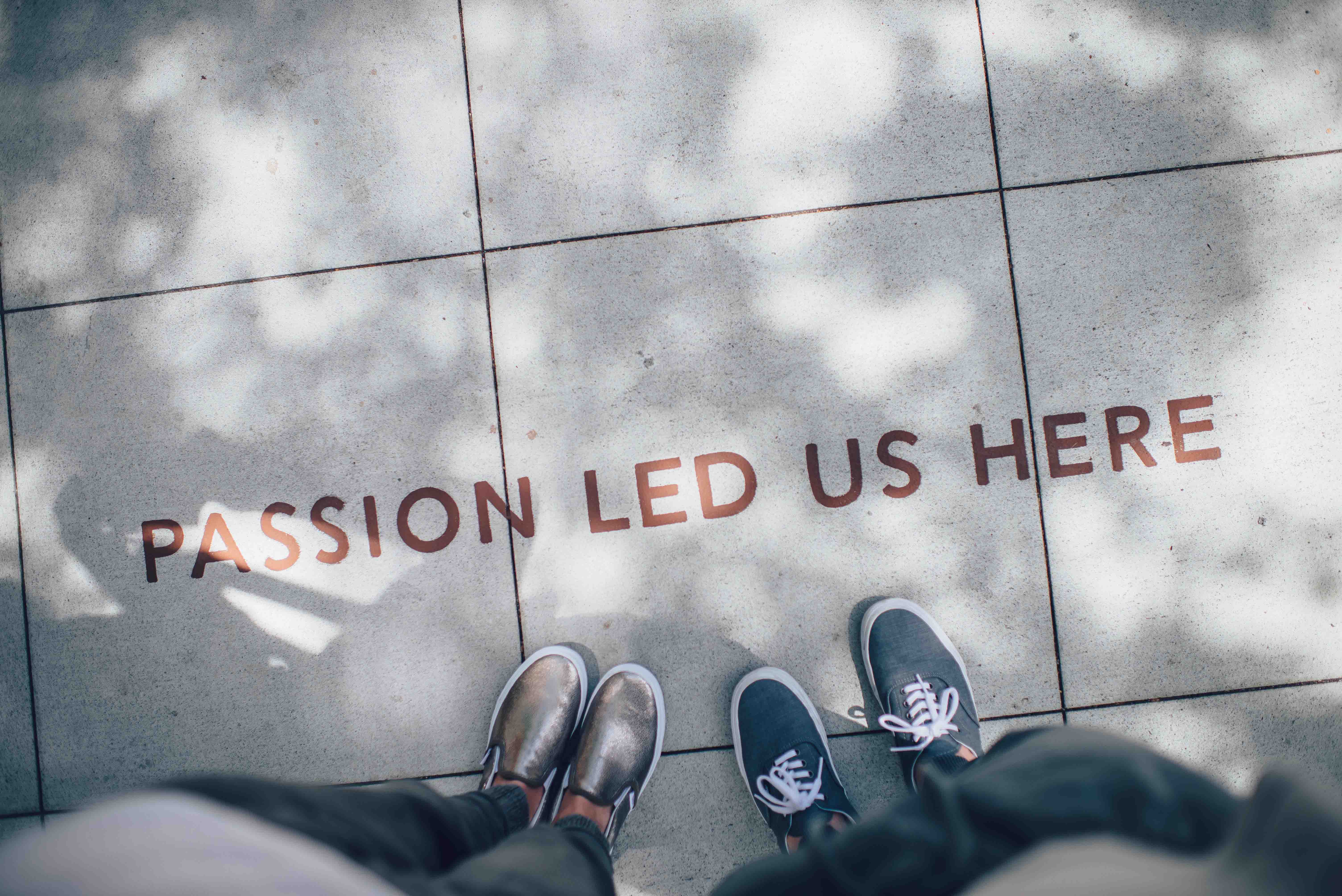
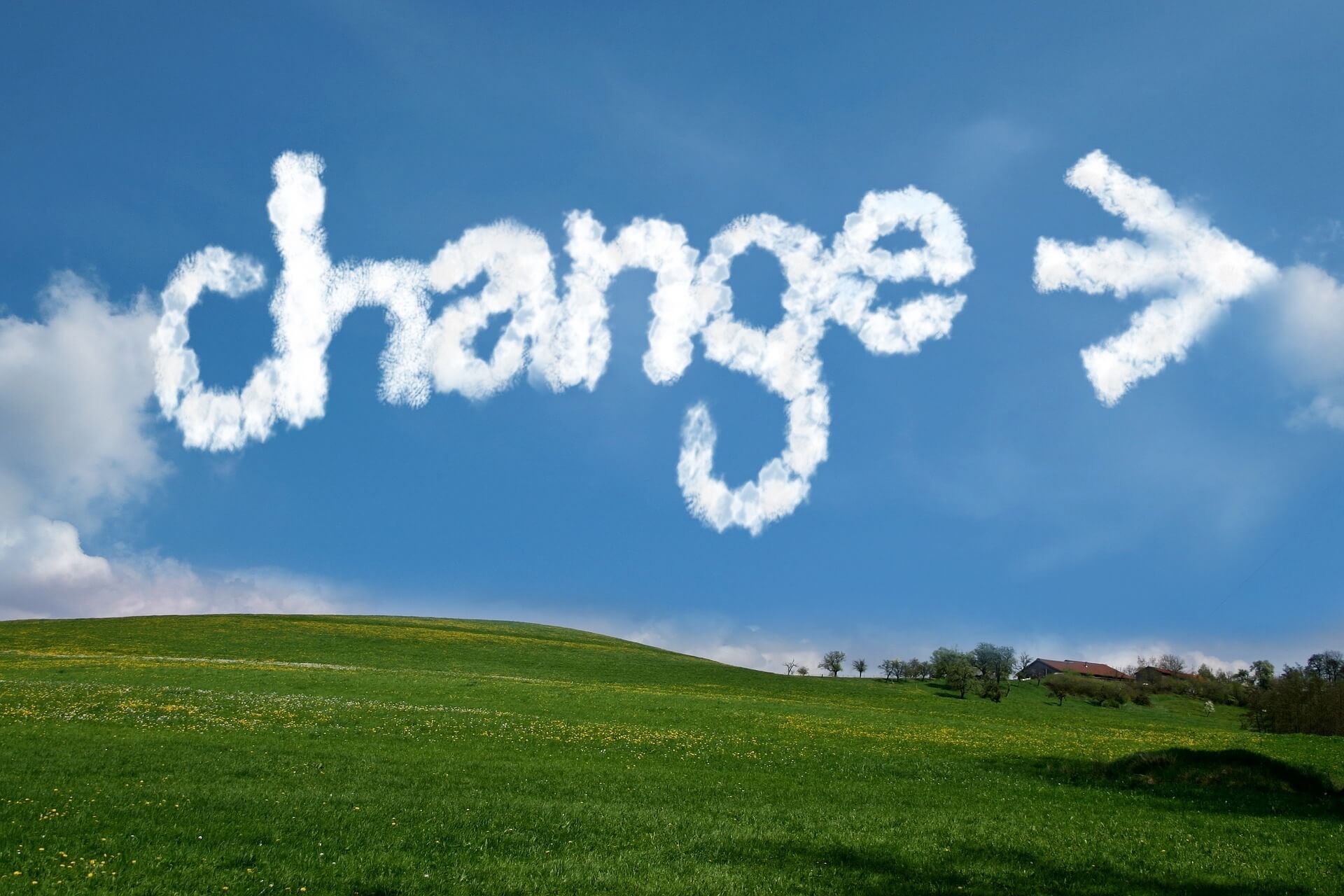

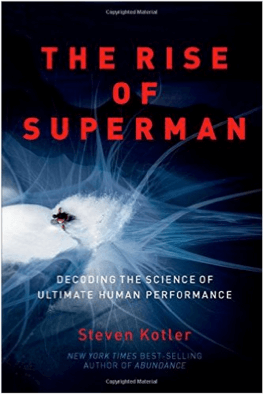
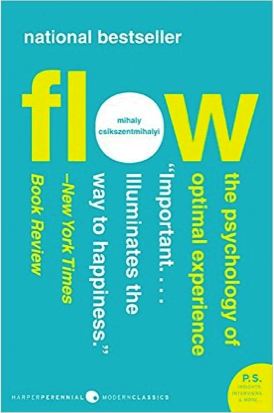

Recent Comments